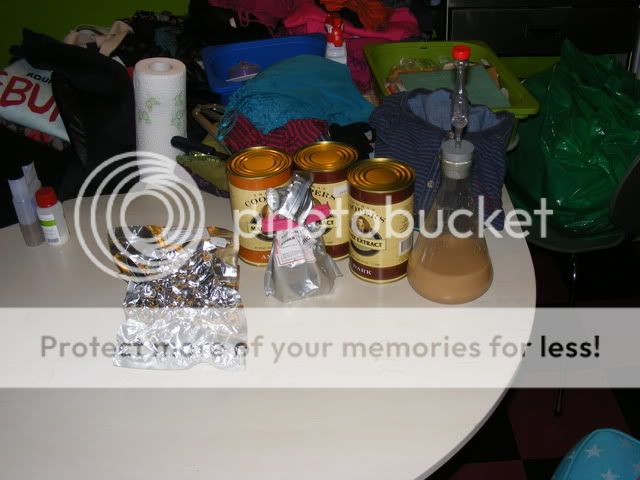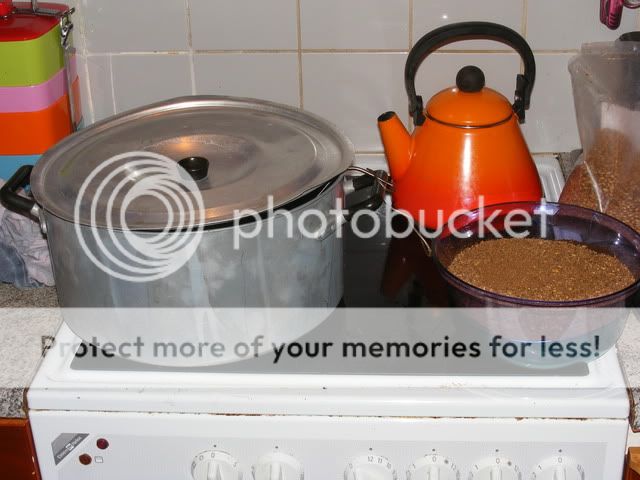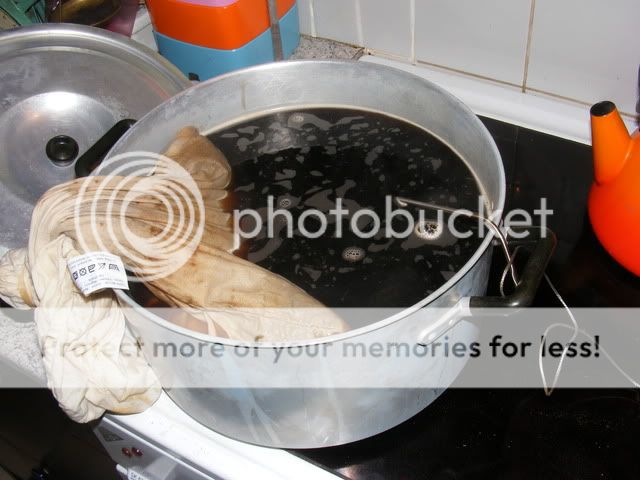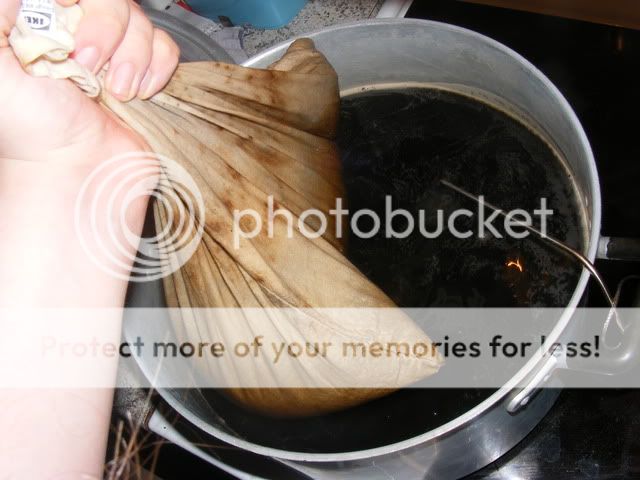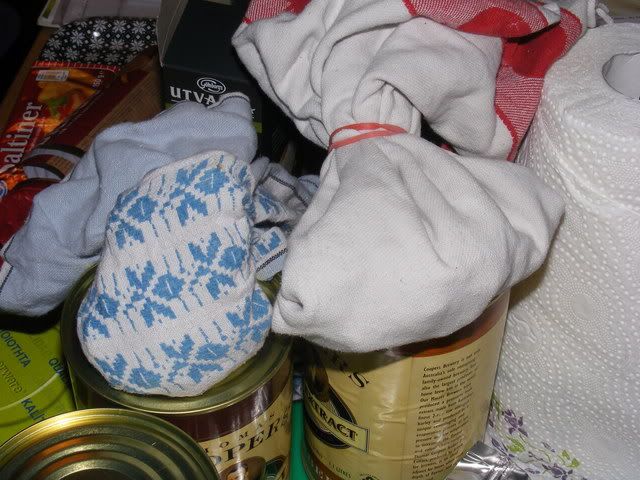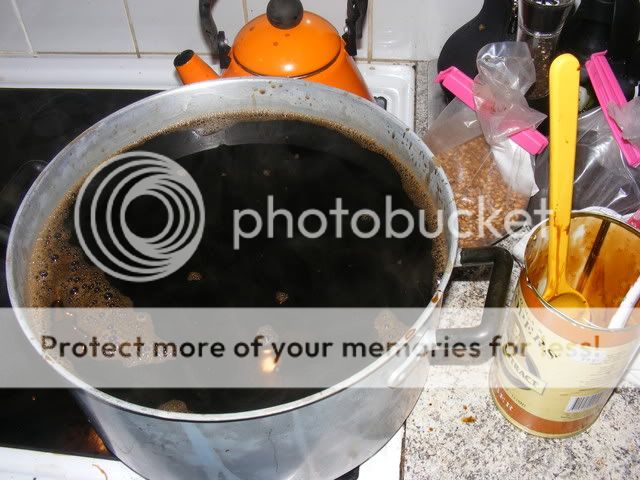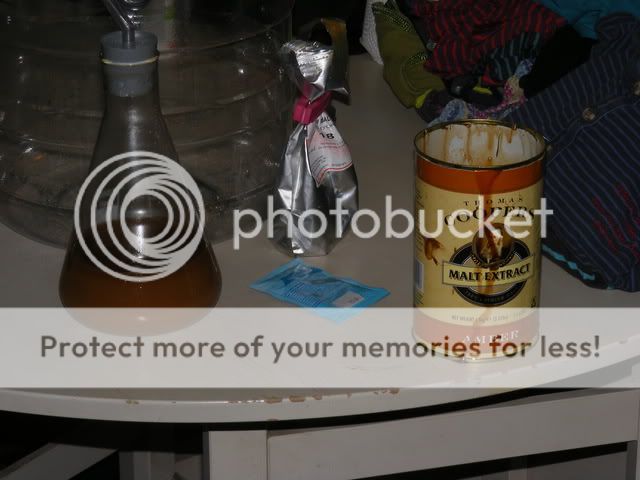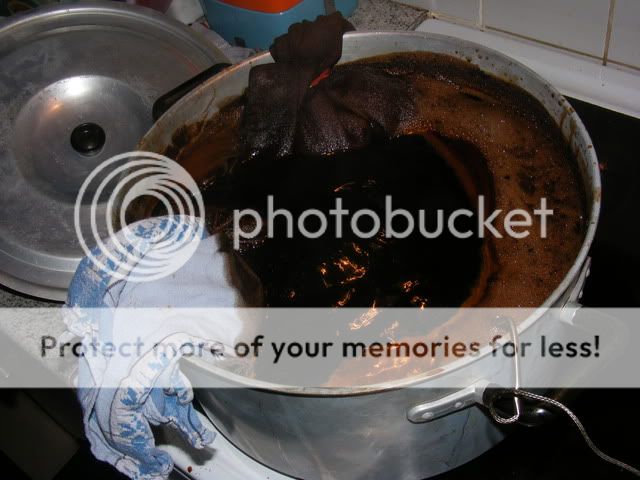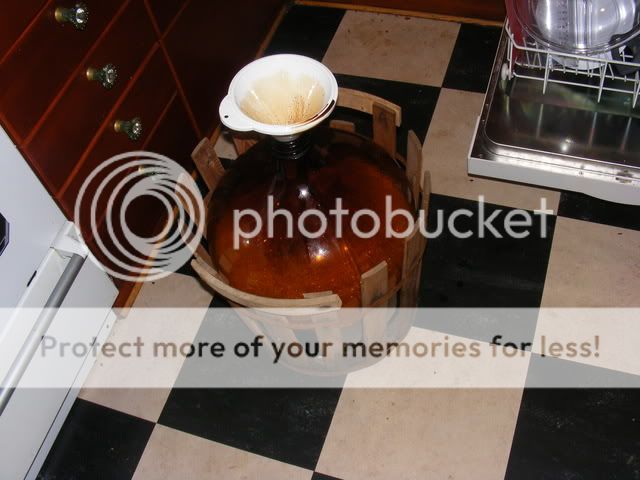I went shopping yesterday, and bought some stuff to make a Stout. This is what I was thinking about throwing together:
5 gallon (19 liters)
0.5 kg Crystal Malt 60L
0.5 kg Roasted Barley
3 kg dark LME
1 kg amber LME
30g Centennial 11% @ start
30g Admiral 13.75% @ 30 min
According to Beersmith the OG would be about 1.069, and it would ferment out at 6-7%.
Good idea? How long should I keep it before bottling? I'm thinking 14 days primary, and then maybe 1-2 months secondary? Should I have a longer secondary?
Thanks.
5 gallon (19 liters)
0.5 kg Crystal Malt 60L
0.5 kg Roasted Barley
3 kg dark LME
1 kg amber LME
30g Centennial 11% @ start
30g Admiral 13.75% @ 30 min
According to Beersmith the OG would be about 1.069, and it would ferment out at 6-7%.
Good idea? How long should I keep it before bottling? I'm thinking 14 days primary, and then maybe 1-2 months secondary? Should I have a longer secondary?
Thanks.
























![Craft A Brew - Safale S-04 Dry Yeast - Fermentis - English Ale Dry Yeast - For English and American Ales and Hard Apple Ciders - Ingredients for Home Brewing - Beer Making Supplies - [1 Pack]](https://m.media-amazon.com/images/I/41fVGNh6JfL._SL500_.jpg)

































